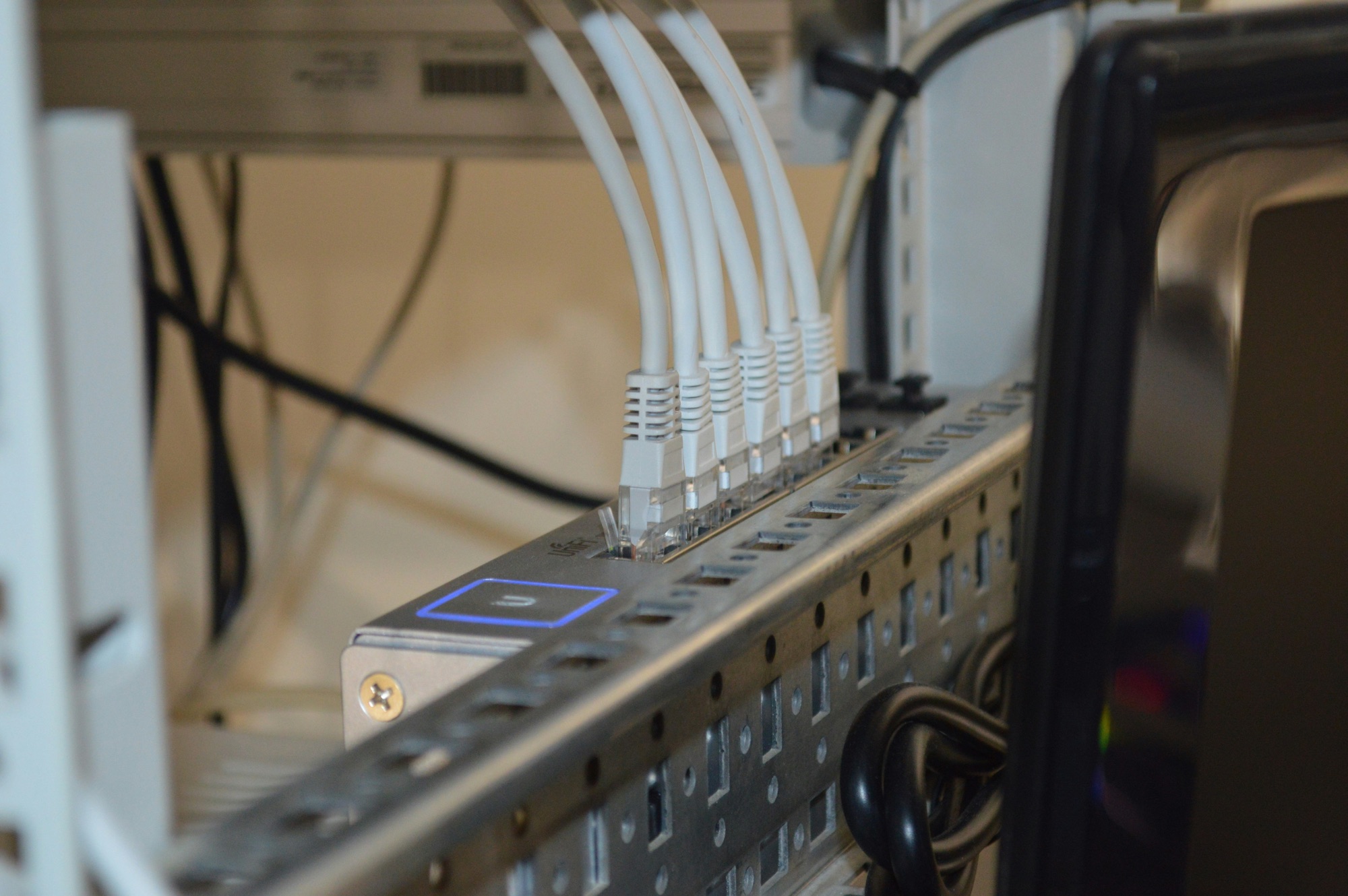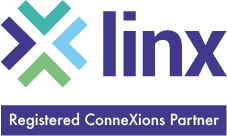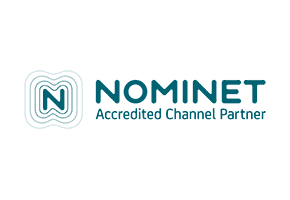
For businesses looking for fast and reliable internet connectivity, two of the main options are FTTP (Fiber to the the Premises) and Leased Lines. Both use fiber optic cables to deliver broadband, but there are some key differences to be aware of.
Fiber to the Premises (FTTP)
FTTP involves running fiber optic cables directly into your office building or business premises. This gives you a dedicated internet connection from the provider’s network straight to your location. Key features of FTTP include:
- High Bandwidth – With fiber optic cables, FTTP can provide incredibly fast download and upload speeds, typically from 100Mbps up to 1Gbps or more.
- Unlimited Data – There are no data caps or throttling with FTTP so you get unlimited usage.
- Low Latency – Fiber optic broadband has very low latency for fast responsiveness.
- Consumer/Business Service – While originally intended for home users, FTTP services are now also used by businesses that need faster internet than cable or DSL.
Leased Line
A Leased Line is a dedicated data circuit that is leased from a provider and reserved solely for your business’s private use. With a Leased Line, you get:
- Symmetric Speeds – Both download and upload speeds are equal, allowing for fast file transfers and smooth videoconferencing.
- Guaranteed Uptime – Leased Lines include Service Level Agreements (SLAs) that guarantee high uptime, often 99.99% or better.
- Security – Since it’s a private line, there is increased security compared to public internet.
- Quality of Service – Traffic can be prioritized for low latency, jitter, and packet loss for smooth VoIP, video, and other critical apps.
While FTTP provides fast fiber internet over a shared public network, a Leased Line is a private line connection with guaranteed speeds, uptime, and performance.
The Main Differences Cost is one of the biggest separators, with Leased Lines typically being much more expensive than FTTP, especially for small and medium businesses. FTTP can provide sufficient speeds for many businesses at lower cost.
However, Leased Lines offer benefits like symmetric speeds, guaranteed SLAs, and the ability to use the line as part of a Wide Area Network to reliably connect multiple business locations. For large enterprises, the performance and reliability of a dedicated Leased Line may be worth the premium pricing.
So for businesses with basic connectivity needs and a tight budget, FTTP may be ideal. But organizations requiring the utmost reliability, speeds, and networking capabilities will likely want to opt for a pricier Leased Line solution.





